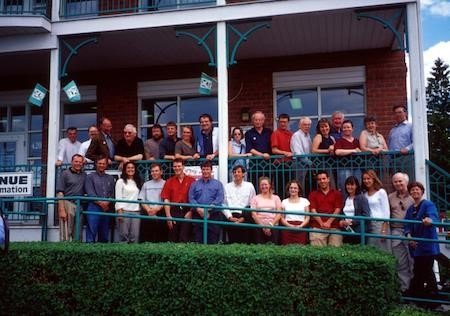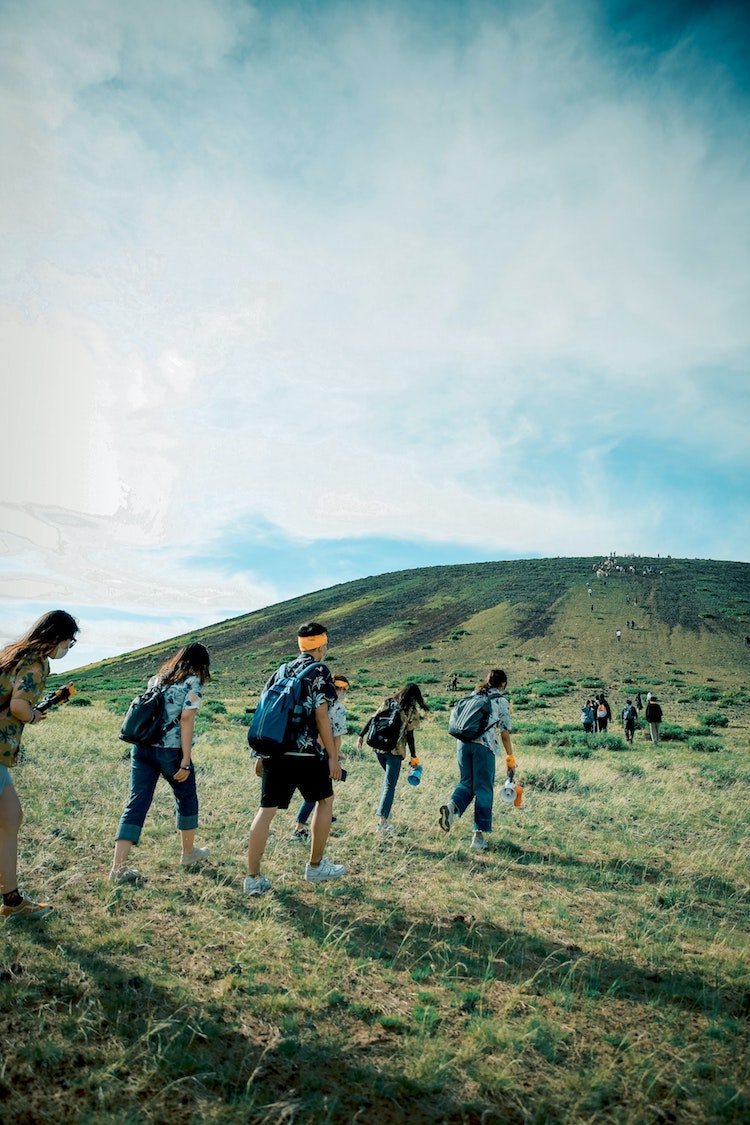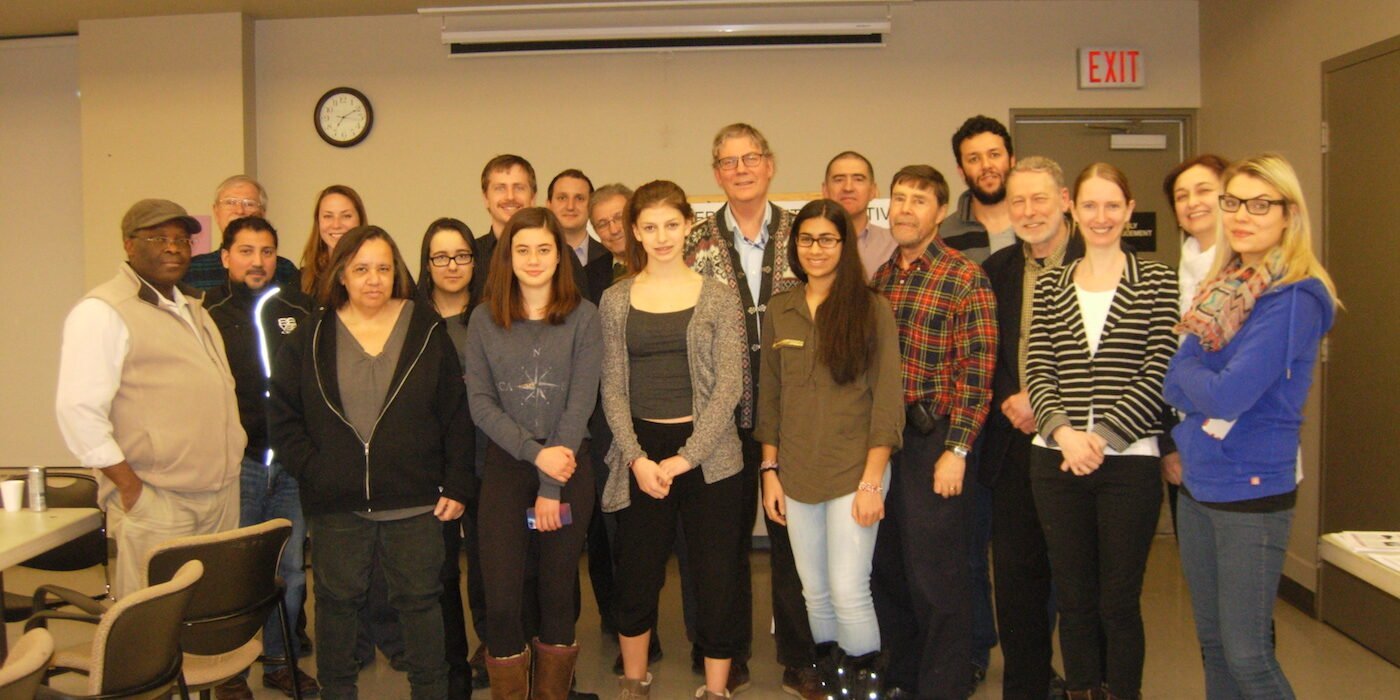ORIGIN OF THE BIOSPHERE ECO-CITY (BEC) APPROACH – A Story
Inspired by Biosphere Reserves
In 20 years of coordinating Canada’s UNESCO Biosphere Reserves (BRs), J learned about sustainability from many people. BRs are outstanding examples of the world’s terrestrial and coastal ecosystems. Managers promote sustainable development in BRs. When UNESCO began looking for an urban initiative, J drew from BRs to create what became BEC.
Cooperation
BRs used mechanisms for cooperation to reconcile human activity with ecosystem conservation. Managers worked to address the needs of local people, while communicating how the ecosystem supported them. J realized cooperation would be important for an urban initiative as well, and should include not just people but also organizations.
Engagement
The best way to ensure local benefit, but maintain conservation, was through engagement of local people in BR management. So farmers, ranchers, teachers, park employees, etc. would plan BR activities. From this example, J got the idea of i) a local council for an urban initiative, and ii) tools to engage all of the population in sustainability.
Sharing
At local BR meetings, there was a high degree of sharing of ideas. This led to practical actions to reconcile development with conservation (sustainable development). J knew that sharing would be just as important in an urban initiative, and that using tools to strengthen sharing would be important.
Stakeholders Forum
Members of Canadian BRs and national supporters met yearly to share their experience. They represented local BR councils and different areas of research. This stakeholders forum brought out many ideas to make BRs work better. J realized that a local urban council (see Engagement, above) and a stakeholders council could ensure this.

Canadian biosphere reserves annual meeting at Lac St-Pierre. Photo: J. Birtch
Simplicity
BRs were part of UNESCO’s Man and Biosphere (MAB) Program, which is directed by science. They were excellent to demonstrate sustainable development. But their zoning was complex and their techniques were shared through scientific networks; not accessible to ordinary people. J realized that an urban initiative must focus on simplicity if it was to be understood and used by everyone.
Flexible
Criteria for BR designation were very stringent. An application could take 3-5 years or more, and only the world’s top ecosystems were accepted. Yet human activities needed to be brought into harmony with nature in all ecosystems and in all cities. J understood that a flexible approach was needed, for use anywhere in the world.
Urban Centre
BRs were centred on protected areas. They conserved the represented ecosystems. But they could not strongly influence urban areas on their edges, where most pressures for unsustainable growth originated. For an urban initiative, J saw the need for a sustainability model with an urban centre that would also address these pressures.
Proposal to UNESCO
For Any City
In early 2002, UNESCO had received only one proposal for its urban initiative – urban biosphere reserves. These would retain the ecosystem focus and rigid zoning of BRs. J thought a new MAB sub-program that focused on functional urban regions (based on human activities) would work better. This new approach would retain MAB’s use of science, education and local involvement. But it would be simple, flexible and affordable, so it could work for any city. UNESCO staff encouraged J to develop a new proposal along these lines.
Themes of Sustainability
J’s research on urban sustainability revealed an interesting pattern. All direct actions for sustainability fell into 10 broad categories. So these became the 10 Themes of Sustainability of a proposed urban initiative.

Urban-Rural Coordination
The other finding in J’s research was that urban-rural coordination shared benefits more widely and achieved more sustainability. So this was incorporated in the urban initiative too.
International Support
MAB Urban Demonstration Area (MUDA)
J’s 2002 proposal to UNESCO was called MAB Urban Demonstration
Areas (MUDAs). In drafting this, J received ideas from colleagues in Canada, USA, France, Germany, China, and Australia. The MUDA proposal was discussed in MAB international meetings for the next seven years.
A Name Change
Biosphere Eco-City
While visiting Brazilian Biosphere Reserves in 2007, J met a colleague
(Bernardo) who suggested changing the name from MUDA to Biosphere Eco-City (BEC). J made the change and wrote a Citizen’s Guide to
Biosphere Eco-Cities (cover photo next), for a 2008 world BR forum.

This guidebook relates to a hypothetical program component that does not currently exist
Pilot Study
Affordability, Cooperation and Human Capital
The Chair of Canada MAB helped J negotiate with the City of Ottawa to develop a one-year pilot study of BEC, beginning in 2009. This became Ottawa BEC (OBEC), which has now tested the BEC model for over a decade. This non-government organization also proved that BEC might operate in any city, even the poorest. OBEC’s annual budget for its first three years was around $100, showing that it was affordable. It used cooperation with other organizations and human capital (volunteers) to carry out innovative projects.
Themes of Sustainability and Tools of Engagement
OBEC quickly implemented BEC’s 10 Themes of Sustainability and five BEC Tools of Engagement. Over the next ten years, OBEC continued to test these using approximately 240 volunteers. The Themes and Tools remained valid and useful. For details on BEC Themes and Tools see the BEC Model.
THREE BIOSPHERE ECO-CITY (BEC) PRINCIPLES
- One Focus – Human Interaction with the Environment

BEC addresses people and the environment together, to achieve harmony. There is no social or political agenda. Just an essential focus on engaging people in a culture of sustainability, to create a unified human-environmental system.
Photo: Hakan Hu on Pexels
- One Table to Welcome Everyone

BEC welcomes everyone to its forums. Participation is democratic, and ideas are freely given. There is no lobbying for certain points of view. People can have different beliefs, but in a BEC discussion they find areas in which they can cooperate to address sustainability together.
Photo: Christina Morilla on Pexels
- One Region – With Urban-Rural Coordination

Urban-rural fringe. Photo: J. Birtch
In cities, resources flow between urban and rural parts. In some cities, rural areas provide resources but receive pollution and waste in return. Positive flows – investment, communication etc. – should replace these. BEC promotes urban-rural coordination to balance urban-rural benefits. Both areas can achieve sustainability together.
